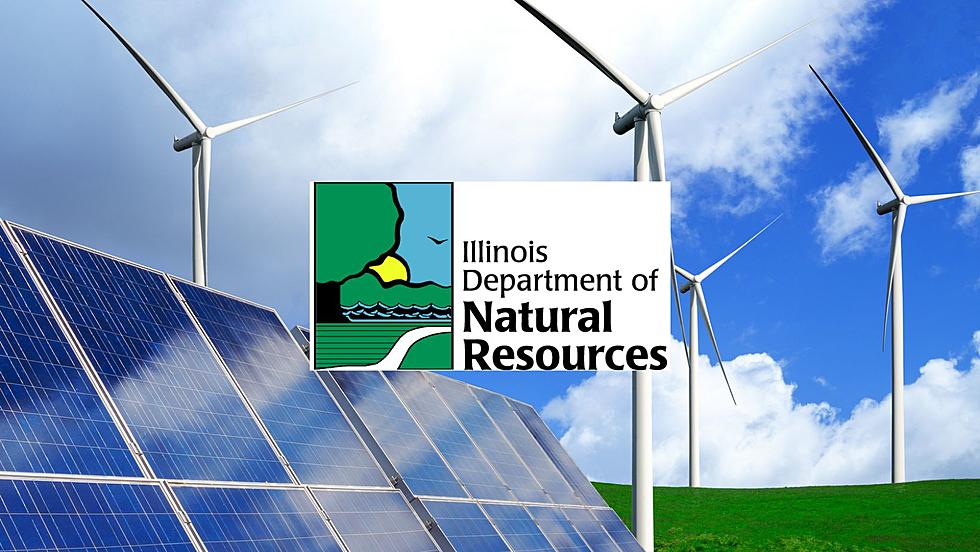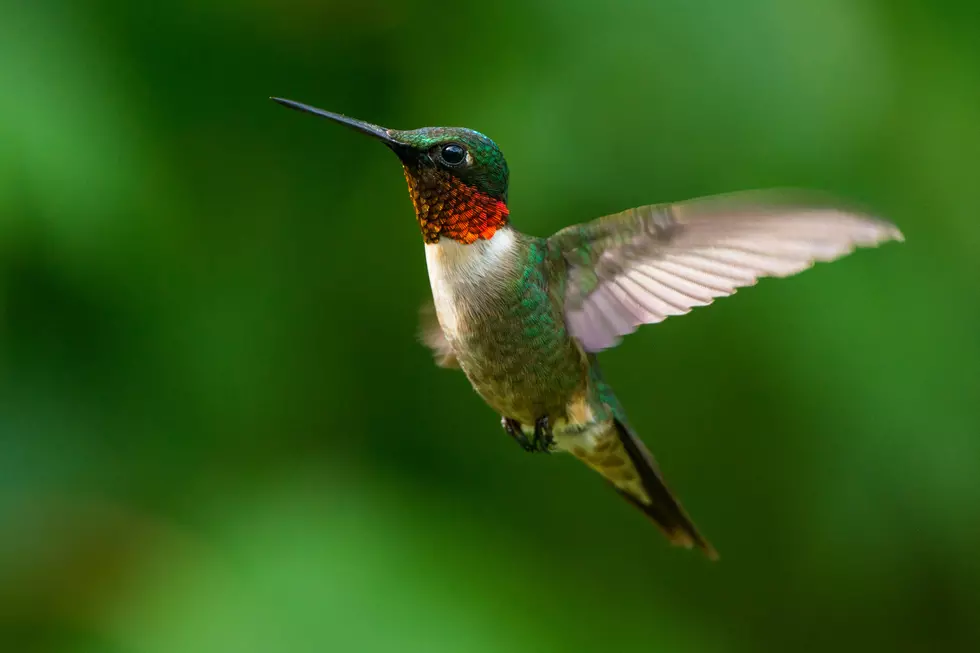
Illinois DNR Releases Climate Action Plan: Zero-Carbon Emissions By 2050
The Illinois Department of Natural Resources is making what it calls significant strides in its commitment to combat climate change and protect the environment. The states newly developed Climate Action Plan (CAP) outlines a comprehensive strategy to achieve net-zero greenhouse gas emissions by the year 2050. The ambitious plan hopes to safeguard the state's natural resources for present and future generations.
The CAP, facilitated by the Illinois Smart Energy Design Assistance Center (SEDAC) and developed with input from over 70 Illinois DNR staff members, sets forth a roadmap for reducing emissions from various facets of the agency's operations while simultaneously bolstering the resilience of Illinois' natural areas.
To chart a course to net-zero emissions, IDNR began by assessing its current emissions profile. The agency's emissions for the period between 2020 and 2021 were estimated at 38,700 metric tons of carbon dioxide equivalent annually. These emissions are categorized as follows: 50% from electricity, 20% from transportation and fuels, 13% from natural gas, 9% from propane, 7% from waste, and 1% from water and wastewater. IDNR anticipates a gradual increase in emissions over the next 28 years due to the potential growth in visitor numbers. However, a slight fuel emissions reduction is expected thanks to continuous improvements in vehicle fuel efficiency and the expanding use of electric vehicles.
A visual representation of the Illinois DNR's path to net-zero emissions can be seen in the Emissions Mitigation Wedge Diagram. In this diagram, various colored wedges symbolize recommended measures and strategies to achieve the net-zero goal. The brown, purple, green, and dark gray wedges represent tactics to decrease emissions associated with the DNR's building energy use, waste management, wastewater and water treatment, and transportation. In addition, the blue, yellow, and teal wedges signify strategies to offset any remaining carbon emissions through on-site solar energy generation, renewable energy procurement, and biological carbon sequestration.
How does the Illinois DNR plan to intact this aggressive limited emissions strategy?
A central component of IDNR's plan is the "conserve and load" strategy. This approach combines energy efficiency (conservation) with electrification (load) while incorporating renewable energy sources. By improving energy efficiency in buildings and operations and adopting cleaner energy sources, the agency aims to reduce emissions significantly.
While the Ilinois DNR recognizes that some emissions stem from visitor transportation, the agency plans to implement biological carbon sequestration initiatives to balance those emissions. These include native plantings, habitat restoration, prairie recovery, and floodplain management. These activities capture and store carbon from the atmosphere, effectively offsetting emissions from visitor travel.

How can the Illinois DNR plan for Zero-Net Carbon Emissions Succeed?
Integral to the Climate Action Plan's success is its emphasis on education and outreach. The Illinois DNR aims to increase public awareness of its conservation and carbon mitigation efforts both internally and externally. This engagement is essential for building support and encouraging active participation from the community in the mission to become better stewards of the environment.
The Illinois DNR has also outlined it's top priorities in this new climate strategy:
- Building energy conservation and electrification
- Solar project development
- Launching a utility tracking program
- Developing renovation design standards and best management practices
- Implementing an IDNR vehicle fleet electrification pilot
- Piloting restoration and landscaping projects
- Testing small electric site maintenance equipment
- Establishing landscape demonstration sites
- Studying solid waste and purchasing infrastructure and operations
Bottom line, the Illinois Department of Natural Resources' Climate Action Plan is a comprehensive strategy aimed at achieving net-zero carbon emissions by 2050. Through a combination of emissions reduction measures, offsetting strategies, and a commitment to education and engagement, the Illinois DNR hoping to bring about a more sustainable and resilient state. In addition, this plan hopes to serve as a model for other organizations and agencies looking to make climate action an integral part of their operating systems.
Counties with the Most Farmland in Illinois
Gallery Credit: Stacker
Highest-Rated Museums in Illinois, According to TripAdvisor
Gallery Credit: Stacker
More From 104-5 KDAT

![The Highest-Rated Restaurants in Iowa City on Yelp [GALLERY]](http://townsquare.media/site/675/files/2022/11/attachment-ramen-1-e1714040536282.jpg?w=980&q=75)







